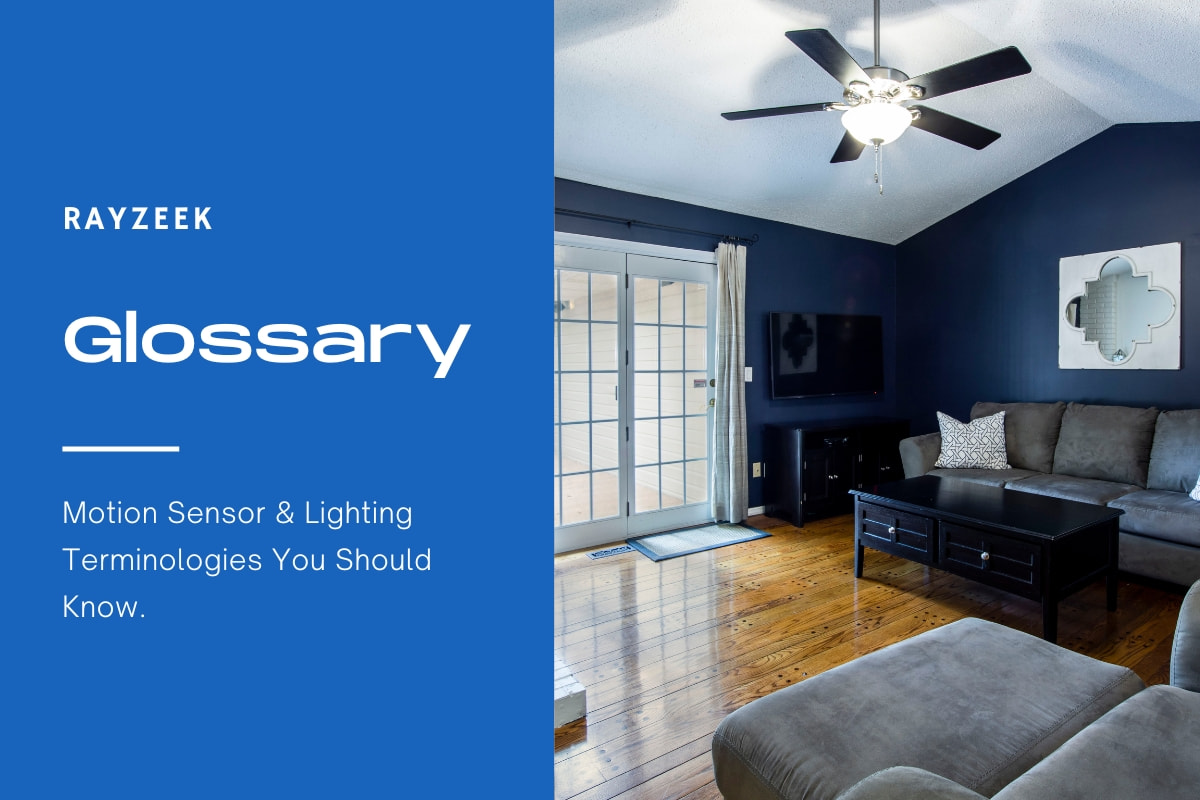What is Xenon Light
A xenon light, also known as a xenon gas discharge lamp or high-intensity discharge (HID) light, is an electric light that utilizes ionized xenon gas at high pressure to produce a bright and efficient illumination. It is characterized by its ability to emit a bright white light that closely resembles natural sunlight, making it a popular choice in various industries and applications.
Maybe You Are Interested In
Xenon lights find extensive use in the medical field, particularly in medical lighting, surgical lighting, microscopic lighting, endoscopic lighting, and scientific lighting. Their exceptional brightness and lack of filaments make them ideal for surgical headlamps, as they offer compactness and durability. In addition, their three times brighter output compared to standard halogen bulbs makes them a more efficient alternative in surgical lighting applications.
Stage and studio lighting also benefit from the use of xenon light bulbs. These bulbs provide uniform brightness and an excellent Color Rendering Index (CRI), allowing for the projection of high-resolution images over large distances. Consequently, they are highly valued in cinema projectors and other stage and theater applications.
Moreover, xenon light bulbs have gained popularity in the automotive industry, with many manufacturers offering them as an option for headlights. Xenon lights provide enhanced visibility and penetration in darkness, making them a promising innovation for nighttime driving safety. Consumers also opt for xenon retrofit kits to replace less efficient incandescent light sources in their headlights.
Looking For Motion-Activated Energy-Saving Solutions?
Contact us for complete PIR motion sensors, motion-activated energy-saving products, motion sensor switches, and Occupancy/Vacancy commercial solutions.
Frequently Asked Questions
What Is the Brightest Headlight Bulb That Is Legal
The Code of Federal Regulations specifies that the brightness of headlights should fall within the range of 500 to 3,000 candelas. To put it simply, this means that drivers should avoid selecting headlights or taillights that exceed 3,000 lumens if they wish to install special lighting.
What Is the Best HID Color for Night Driving
Colors that fall within the range of 4000K to 5000K, which are closest to the center of the color temperature spectrum, are considered the best for night driving. These colors produce a white or warm white light, providing optimal visibility during nighttime. If you prefer lights that have a slight blue or yellow tint, it’s important to keep that in mind when selecting your HID lights.
What Headlight Should I Use at Night
High beam headlights are recommended for use at night when visibility is low and you are unable to see enough of the road ahead to drive safely. It is important to prioritize safety, especially in low visibility conditions, as driving at night can be intimidating even for experienced drivers.
Which Is Better HID or LED Headlight Bulbs
HID headlights offer a wider coverage area compared to LED headlights. However, if not installed correctly, HID headlights can cause glare for oncoming traffic. Therefore, it is crucial to have them examined by a skilled professional.
What Is the Difference Between Normal and Xenon Lights
Xenon headlights are significantly brighter than halogen lights, emitting approximately 3,000 lumens and around 90 Mcd/m 2, whereas halogen lights only produce 1,400 lumens and about 30 Mcd/m 2. This disparity in brightness is the reason why xenon lights provide better illumination on the road compared to halogen lights.

























